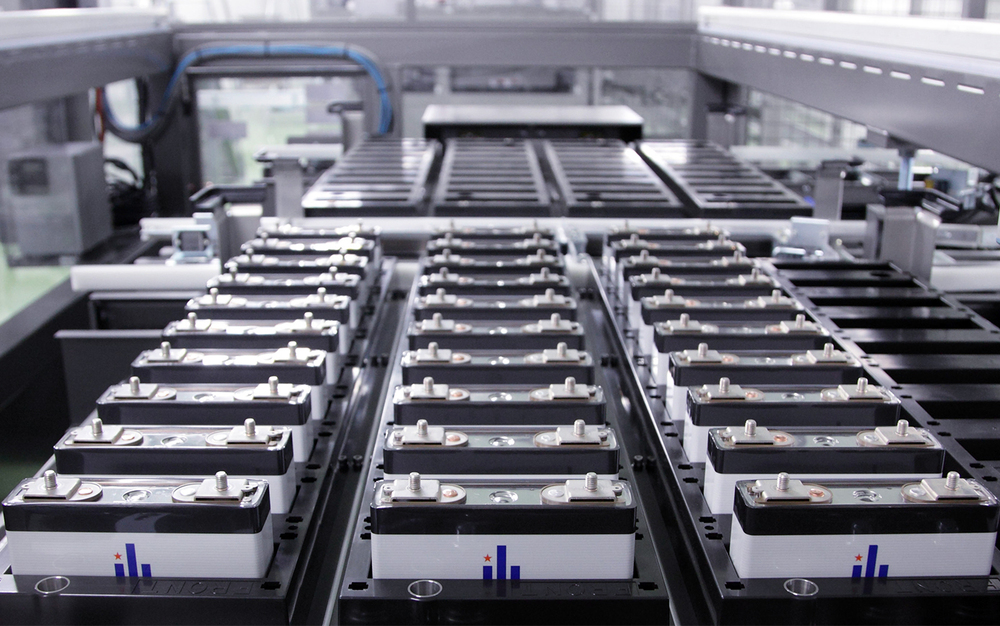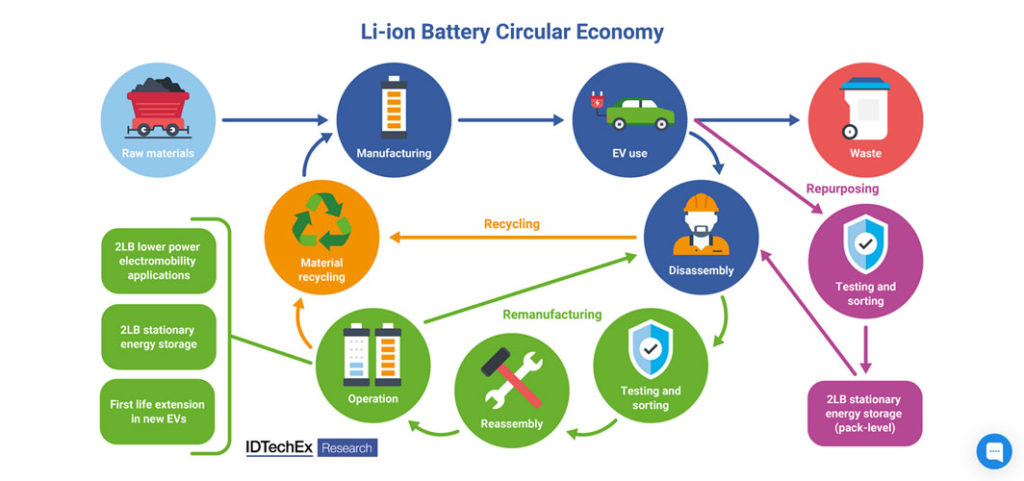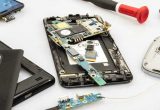Second-life Electric Vehicle Batteries 2023-2033
Ten-year market forecasts for the second-life battery market and EV battery availability. Analyses on regulations, technology trends and key repurposer and battery performance modeling player activity. Includes remanufacturing techno-economic analysis.
IDTechEx forecasts the second-life EV battery market to reach US$7B by 2033. This report gives a holistic overview of the second-life battery market, players, business models and technologies. It assesses the techno-economic feasibility of remanufacturing EV batteries, regional regulations related to End-of-Life batteries, and trends in battery design, chemistry, and wider technology developments.
The second-life EV battery market is one of great importance for many reasons. These include adding value to future energy infrastructure, creating a circular economy for electric vehicle (EV) batteries, and providing a lower levelized cost of storage compared to new batteries. The bulk of EVs currently use Li-ion battery chemistries, and once their eight-to-ten-year initial lifetime has expired, they are usually unsuitable for future EV use. However, battery second use (B2U) extends the lifetime of the EV battery, though several considerations must be made when repurposing retired EV batteries. This includes assessing the health and degradation of retired EV batteries, to ensure their suitability for second-life applications. Depending on performance characteristics, such as battery State of Health (SOH), second-life batteries can be further utilised in less demanding applications, such as stationary energy storage and lower-power electromobility applications.
The Li-ion EV battery circular economy comprises multiple important steps, requiring decisions from key stakeholders at any one part. Second-life batteries created through a remanufacturing process offer benefits of maximizing battery value and extending battery life, whereas recycling results in batteries losing this value prematurely. A chapter in the report gives a techno-economic analysis of the remanufacturing process, with operations that remanufacturers must consider such as battery procurement, depth of disassembly, testing/grading, and reassembly procedures. Further considerations assess how these processes impact the final pricing of second-life BESS, to be competitive with new BESS. Some repurposer players choose to integrate second-life BESS at pack-level, bypassing a strict remanufacturing process stream. The report elaborates on the various benefits this creates, as well as the considerations that must be made with such a process, e.g., relying more on battery monitoring software during operation.









